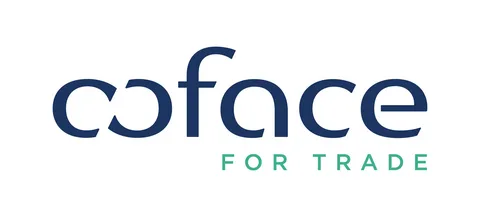Big changes are coming to the Life & Annuity industry in 2025, thanks to fast-moving technology, changing demographics, and rising customer expectations. According to Swiss Re, life insurance is expected to grow globally by about 3% a year in 2025 and 2026—that’s more than double the growth rate of the past 10 years!
To keep up, insurers need to do more than just adapt—they need to stay ahead. In today’s world, that means making the most of tools like generative AI (gen AI) and digital data. These technologies can make underwriting faster, smarter, and more accurate.
We’re also seeing insurers use more tech to connect better with their customers. It’s all about building stronger relationships and making the experience smoother and more personal.
Here are three key underwriting trends that life insurers should keep an eye on to stay successful in 2025 and beyond.
1. Generative AI Will Take Underwriting to the Next Level
In 2025, generative AI is set to play a huge role in how underwriting is done. With AI and machine learning getting better every year, insurers can expect faster and more accurate risk assessments. In fact, experts at Gartner point out that insurers are moving beyond basic automation and rule-based systems—they’re now leaning into predictive analytics, AI, and outside data sources to score risks more precisely.
Generative AI can pull useful info from all kinds of data—whether it’s neat and structured or a bit messy—and help speed up both underwriting and claims. It’s not just about making things quicker, but also about making smarter decisions.
Some big names in the industry, like the Accenture Life Insurance & Annuity Platform (ALIP), are already rolling out built-in gen AI tools. All signs point to 2025 being the year gen AI becomes a regular part of the underwriting playbook.
2. Gen AI Will Make Interactions Smoother for Customers and Agents
Today’s digital-savvy customers expect quick, personalized, and helpful service—and insurers are stepping up their game. That’s why more companies are investing in advanced digital tools powered by generative AI. These platforms can offer real-time feedback, tailored suggestions, and even help explain complex insurance topics in a simple way.
Last year, we talked about how gen AI is helping carriers, agents, and customers connect more closely. Now, that’s becoming even more real—with virtual assistants powered by AI helping customers get the answers they need faster. These tools don’t just improve service—they also build trust and loyalty.
And it’s not just customers who benefit. Gen AI is also helping behind the scenes, improving communication between agents in the field and underwriters in the office. This means agents can place orders or take care of requirements more easily, making the whole process run more smoothly.

3. Using Vendor Data Smoothly Will Be the New Standard
As underwriting continues to evolve, insurers will need a smart strategy when it comes to working with vendors. There are now over 80 different vendors offering tools like AI, predictive modeling, and automation—so making sure everything works together smoothly is more important than ever.
In the next few years, we’ll see big progress in automating parts of the underwriting process. But there are still some tough challenges ahead—like handling complex decisions, reducing AI bias, and making sure new tools work well with existing systems. That’s where tech leaders like CIOs come in. They’ll play a key role in helping underwriters get the most out of automation, tracking how well it works, and making sure teams feel confident using new technology.
These trends highlight just how fast the Life & Annuity space is changing, driven by new tech and rising customer expectations. The good news? These tools aren’t years away—they’re already here. If you’re ready to explore how to make the most of them, I’d be happy to chat and help map out the right next steps for your business.





